Deer are shiny, almost ethereal creatures. Their silent forest methods and splendid look would possibly encourage work and poetry, novels and songs. However for the hard-working gardener, they could additional doable encourage enraged streams of cursing, due to deer are furthermore opportunistic jerks who readily translate the arduous work invested in a yard correct proper right into a free, all-night buffet.
They could hardly be blamed, in any case. They’re merely attempting to fill their bellies, and the succulent, new progress of a lush flower mattress might be an excessive amount of to withstand. So, for these of us who share the land with deer, spring and summer season season season plantings require some creativity to outsmart the four-footed.
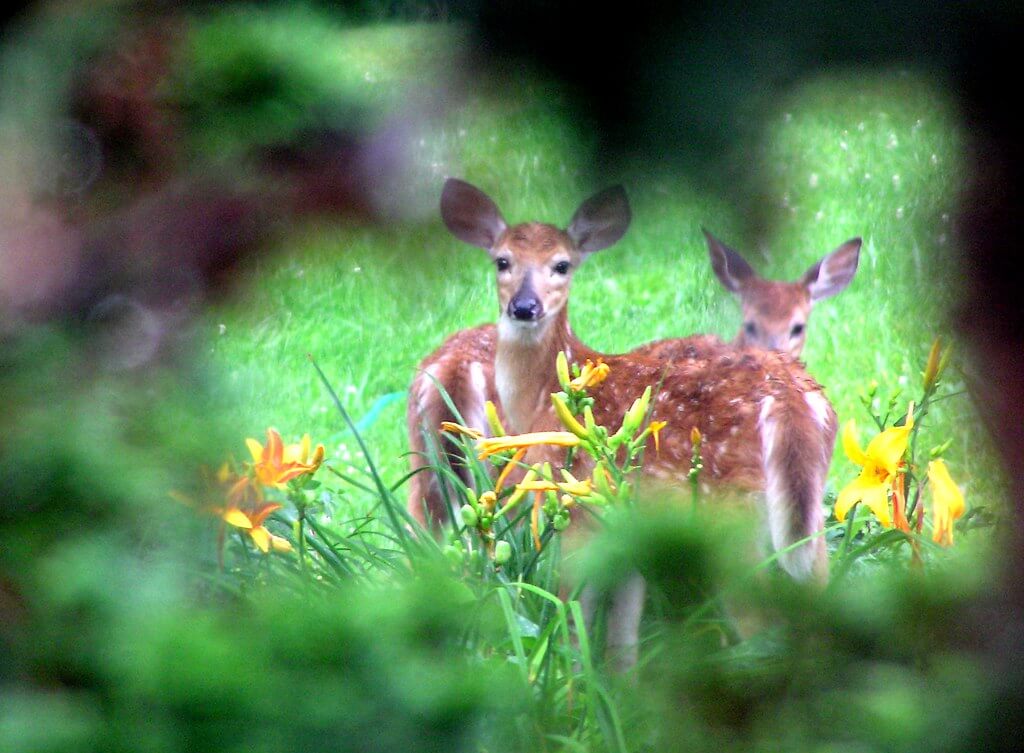

Is it doable to fully deer-proof your yard? Maybe not, until you flip it correct proper right into a barely unpleasant, ungulate-proof bunker with 10-foot excessive partitions (deer can bounce over 8 ft above the underside). Significantly than investing tons of time and money all through the anti-deer offense, why not analysis what deer select to eat after which plant the crops they dislike?
Associated Publish: 6 Deer Repellents You Should Attempt
Correct proper right here’s the necessary factor: deer actually don’t like crops which might be toxic to them, pungent/strong-smellingor prickly and furry. Fortunately for us gardeners, the extended doc of crops that match this deer-resistant invoice are various and absolutely attractive.
All of the crops listed on this textual content are categorized, primarily based totally on Rutger’s Facultyas being quite a few in all probability essentially the most proof in opposition to deer–often undisturbed by their wanting habits. Finally, this doesn’t point out that they’re 100% deer-proof. These crops merely don’t exist! Deer’s tastes fluctuate regionally–notably if there’s not a complete lot of untamed areas for them to naturally browse they usually additionally’re hungry.
What works for one gardener could not work together with the gardener a state over–and each often, you merely find yourself with a bizarre deer who breaks the entire foundations. Making your yard undesirable to deer shall be a multi-year endeavor as you analysis the habits of your native deer inhabitants–so revenue from the journey!
Associated Publish: 19 DIY Deer Stands to Improve Your Vantage Diploma
The Largest Deer-Resistant Crops
Inside the next doc of 10 deer-resistant crops, I attempted to doc crops which might be participating, simple to develop, and most significantly, native or non-invasive. Peruse the next doc for some anti-Bambi inspiration, and see do you must come out on the worthwhile facet of this 12 months’s battle of man-vs-ruminant.
1. Bee Balm
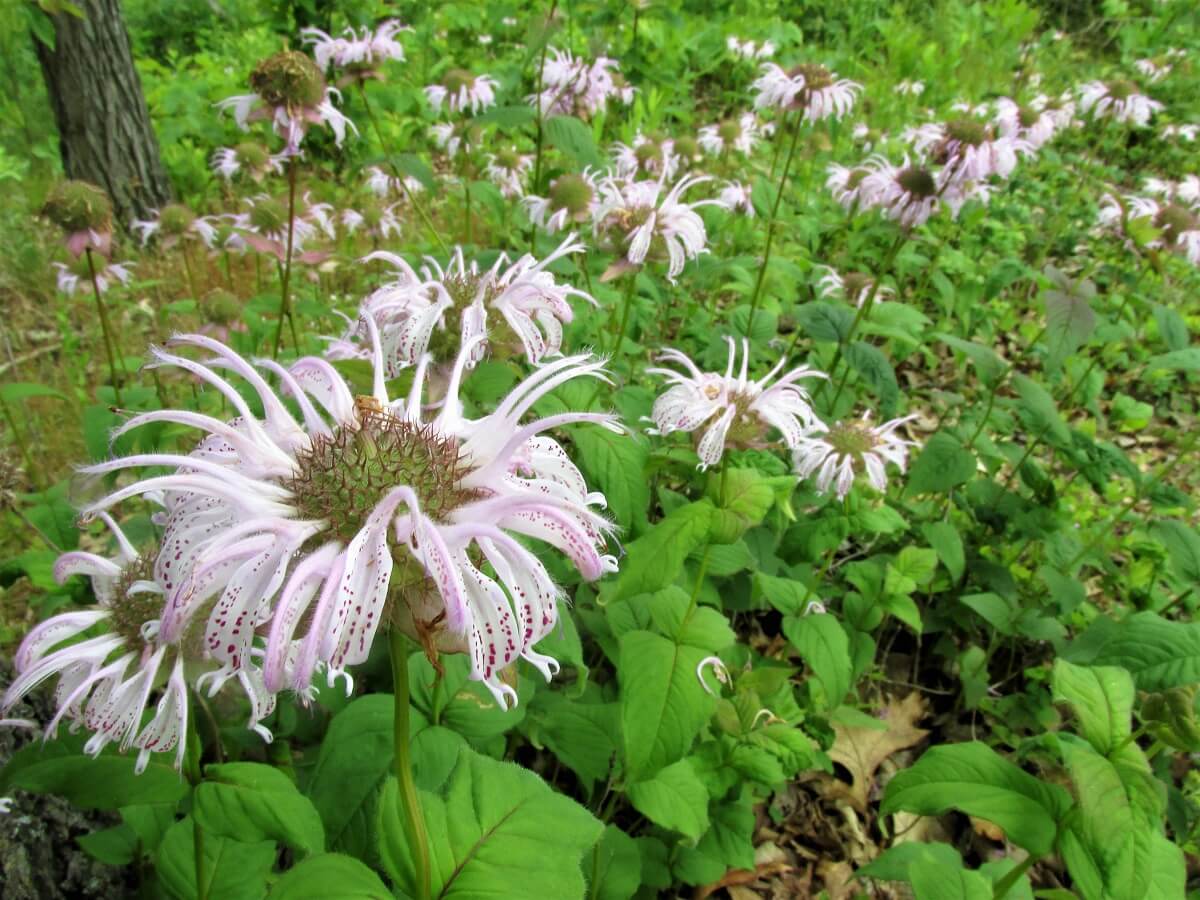

This time interval covers all types of showy perennials. Chances are you’ll in all probability inform that they’re a part of the deer-despised mint household with their sq. stems and acquainted, serrated leaves. My personal favourite is wild bergamot (Monarda bradburiana), a prairie and glade native to my Ozark dwelling.
Associated Publish: Bee Balms or Bee Bums?
Not solely are the blooms and leaves distinctive and splendidly scented, they’re furthermore scrumptious in scorching or iced tea! Plant these beauties in full photograph voltaic and considerably wealthy soil. They prefer it not too dry and in no way too moist, so plan accordingly. You’ll be able to profit from these splendid deer-resistant crops wherever from zones 3 to 9.
2. Yucca
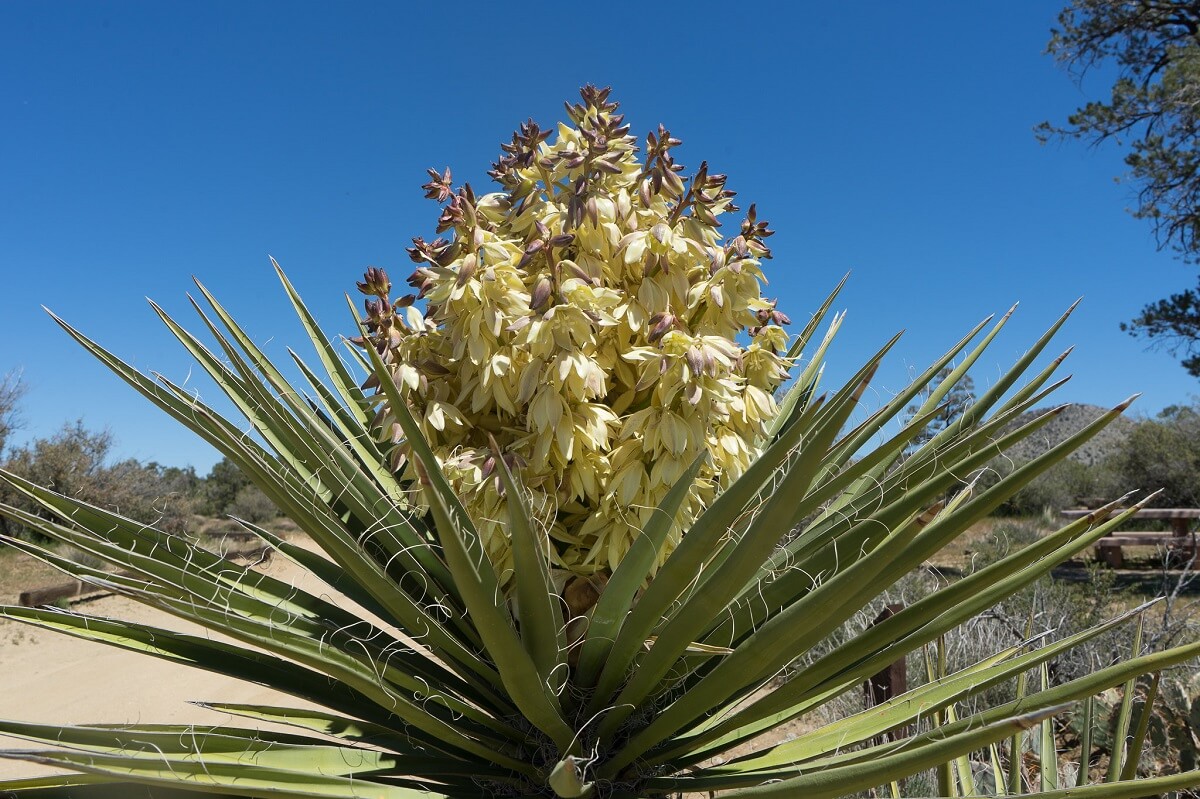

The spiky spears and aromatic white flowers of yucca would possibly make a daring assertion in your yard, nonetheless deer will go away them alone. And children ought to too — these spear-like leaves can reduce! These Southwest U.S. native deer-resistant crops thrive on neglect and do excellently in dry, even drought-like circumstances.
Make certain that they are planted in full photograph voltaic and really well-draining soil wherever from zones 4 to 11. For a lot of who similar to the flowers nonetheless aren’t eager on varieties similar to the Adam’s needle (Yucca filamentosa), or the aptly-named Spanish bayonet (Y. aloifolia), attempt discovering the softer-leaved Bear grass yucca (Y. smalliana).
3. Bush Honeysuckle
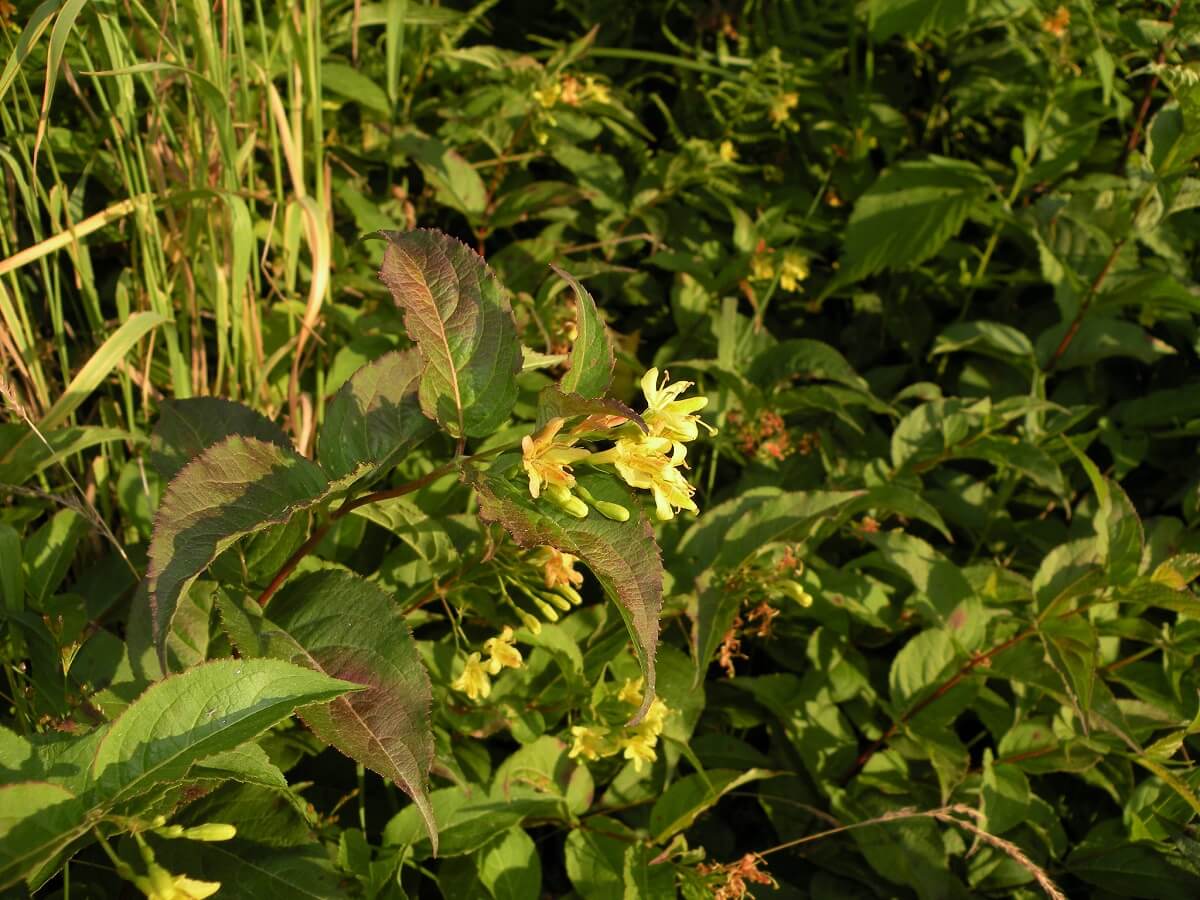

The North American native bush honeysuckle (Diervilla lonicera and D. sessilifolia) gained’t invade the countryside like its notorious Asian kin, so leisure simple planting this participating bush close to any wild areas.
You’ll get multi-seasonal enjoyment from these shrubs with yellow flowers all through the early summer season season season and nice leaf colours all through the autumn. Give them a well-drained dwelling in full photograph voltaic or partial shade in zones 3 to eight (would possibly fluctuate relying on the variability) and revenue from the present!
4. Wild Indigo
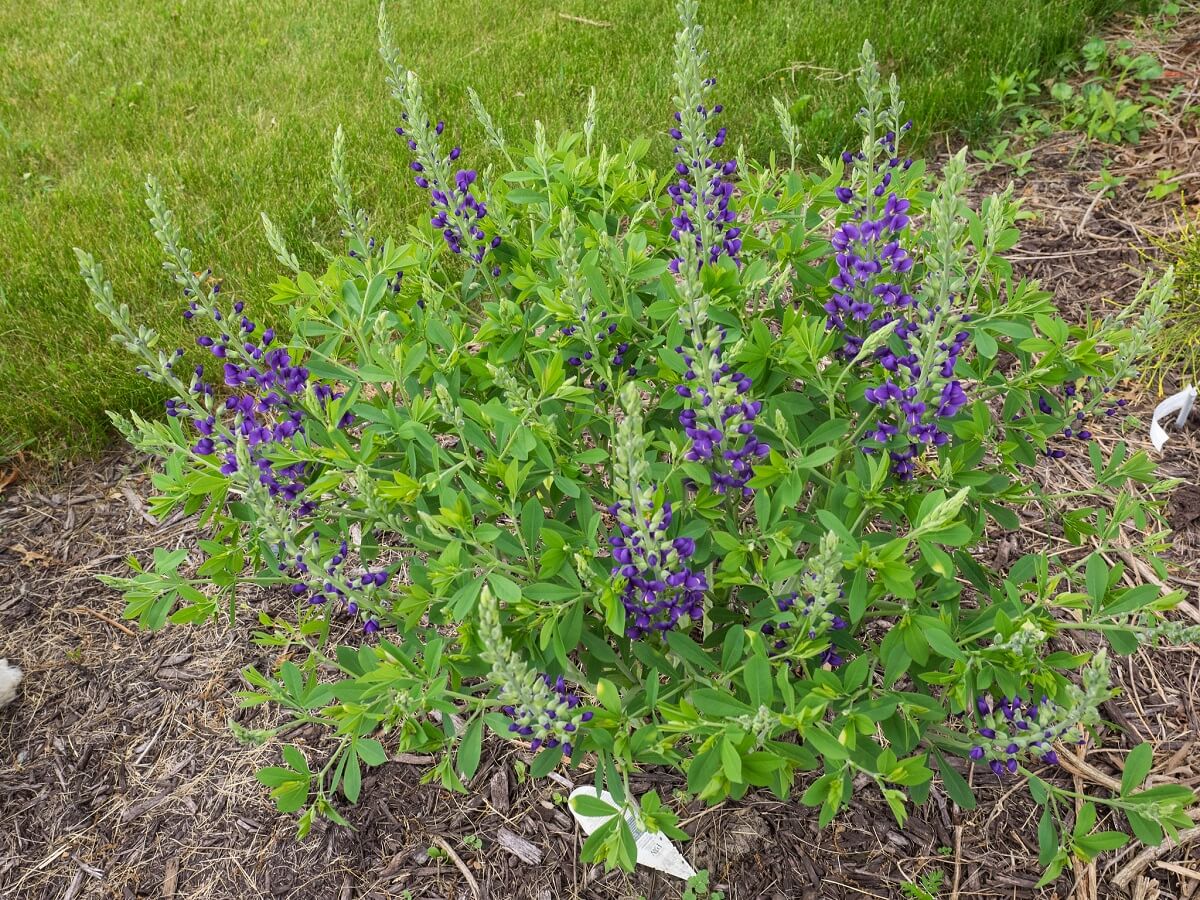

These native flowers make eye-catching, three-foot spears of long-lasting flowers all through the early spring. True to their title, they have been traditionally used as a present of blue dye. Perennial, low-maintenance, and toxic to deer, they are going to be an attention-grabbing vertical focus in a yard. All it is crucial resolve is what coloration matches your plant palette most attention-grabbing!
Associated Publish: One of the simplest ways to Dye Supplies Naturally
Plant these deer-resistant crops in almost any soil in zones 5 to eight, nonetheless guarantee that they get quite a lot of photograph voltaic — at least six hour’s worth. I really like this cultivated yellow alternative. It’s the closest to the creamy-hued ones that develop wild spherical my pond.
5. Snow Drops
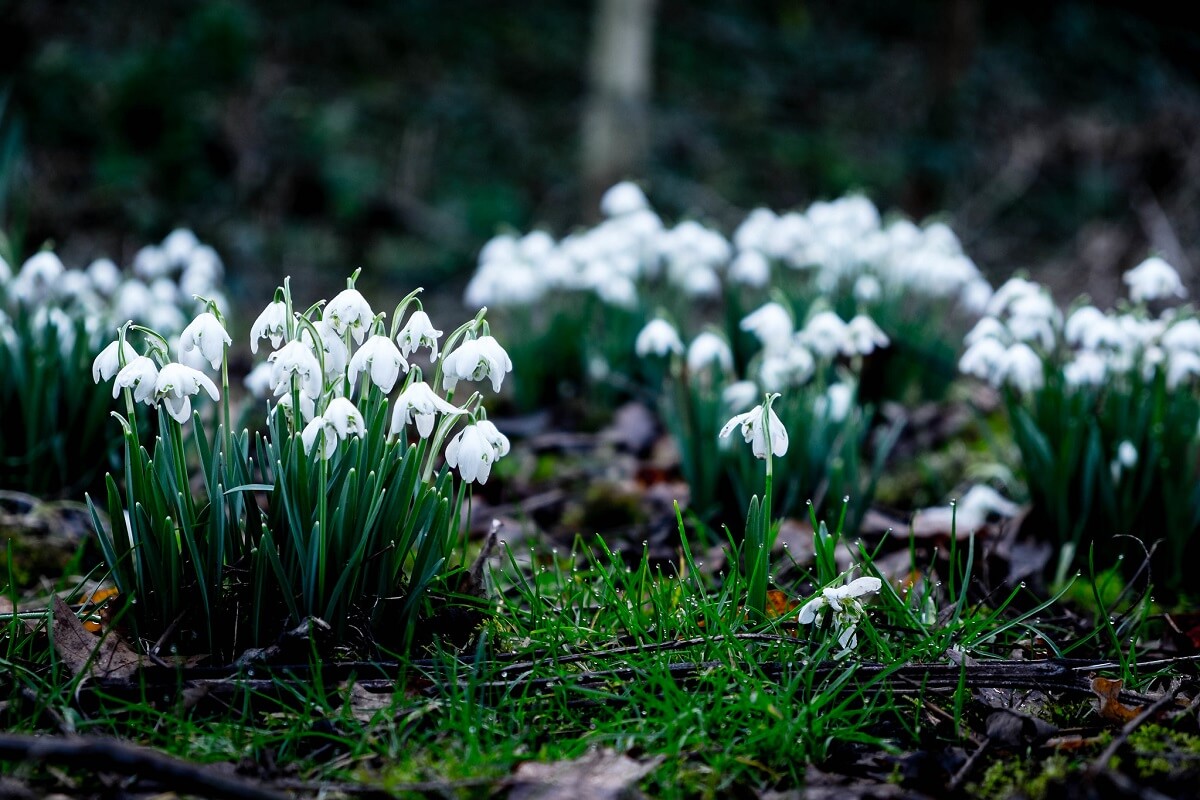

Contained in the early spring, the primary little little little bit of inexperienced that emerges from the underside is type of a beacon of hope, comforting your ice-worn eyes that constructive, winter actually is ending. The one difficulty which is able to dampen that hope is watching deer gobble up all these promising shoots!
Fortunately, this harbinger of hotter instances is toxic to deer, in order that they’ll sidestep its nodding white flowers for one issue tastier. Snowdrops (Galanthus of sii) do most attention-grabbing in full photograph voltaic, nonetheless you gained’t should battle to hunt out a great spot. It’s going to probably begin rising efficiently ahead of the timber leaf! Give it humus-rich soil in zones 4 to 9. Do that alternative for crucial and earliest blooms — usually peeping out of the snow-covered floor.
6. Lamb’s Ear
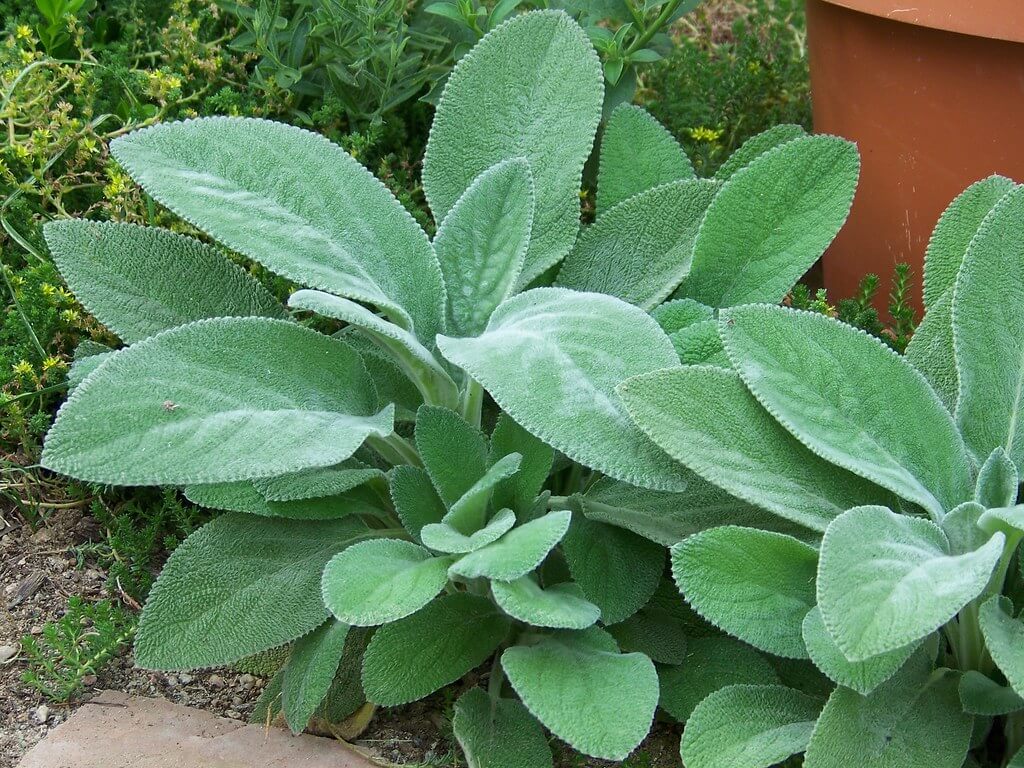

One totally different easy-going perennial, this unusually-textured, furry plant is opulent to the contact and positively disgusting to deer. Although it should unfold vigorously if not divided and maintained yearly, it is vitally simple to eradicate from areas the place it isn’t wished, so it isn’t dangerously invasive to native areas.
Decide a spot the place its tall, lilac-hued spires of blossoms can develop freely, and likewise you’ll be succesful to learn from its adorably tactile presence for years to return once more. This middle-eastern perennial is tolerant of dry, sunny circumstances — prefers them, actually — and would possibly develop almost wherever, with out repairs, in zones 4 to eight.
7. Fringed Bleeding Coronary coronary coronary heart
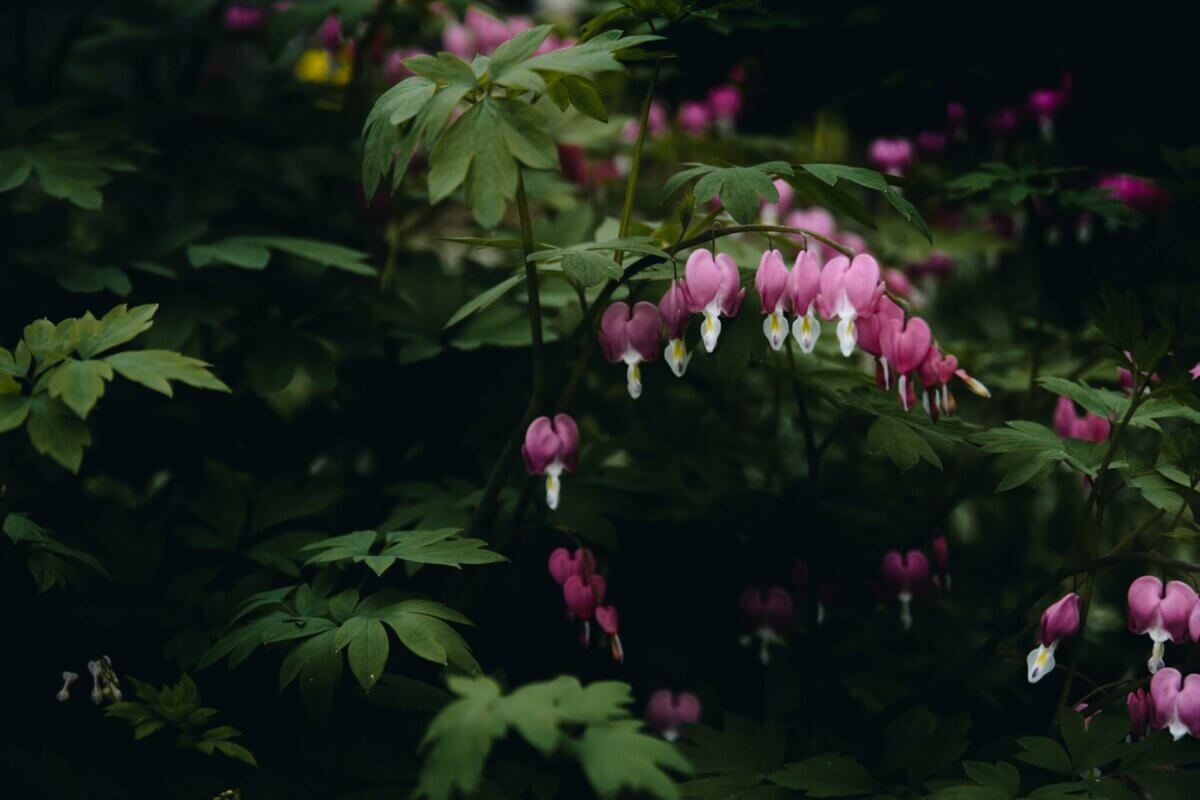

Native to Appalachia, this terribly participating plant boasts fern-like foliage and uniquely-shaped, pink or white flowers. Typically present in forest undergrowth, fringed bleeding coronary coronary coronary heart (Dicentra distinctive) does most attention-grabbing if there’s an equal setup in your yard: full to partial shade and moist, fertile soil.
Zones 3 to 9 are the appropriate place to develop these deer-resistant crops, and although they often solely bloom all through the spring, they could shock you with sporadic summer season season season and fall blooms.
8. Cinquefoil


You could have the wild model of this stunning yard flower already rising in your land. The white, pink, or yellow flowers on these deer-resistant crops have furry stems and leaves, which means their long-lasting blooms shall be left to flower all season extended with no nibbles to stunt their progress.
The domesticated strains (Potentilla fruticosa) form a ravishing, low-growing shrub with buttercup-like flowers. Develop them in full or partial photograph voltaic in zones 2 to 7. Although they do most attention-grabbing in well-draining, wealthy soil, they’re going to furthermore develop in rocky or clay-heavy soils as efficiently.
9. Coral Bells/Alum Root
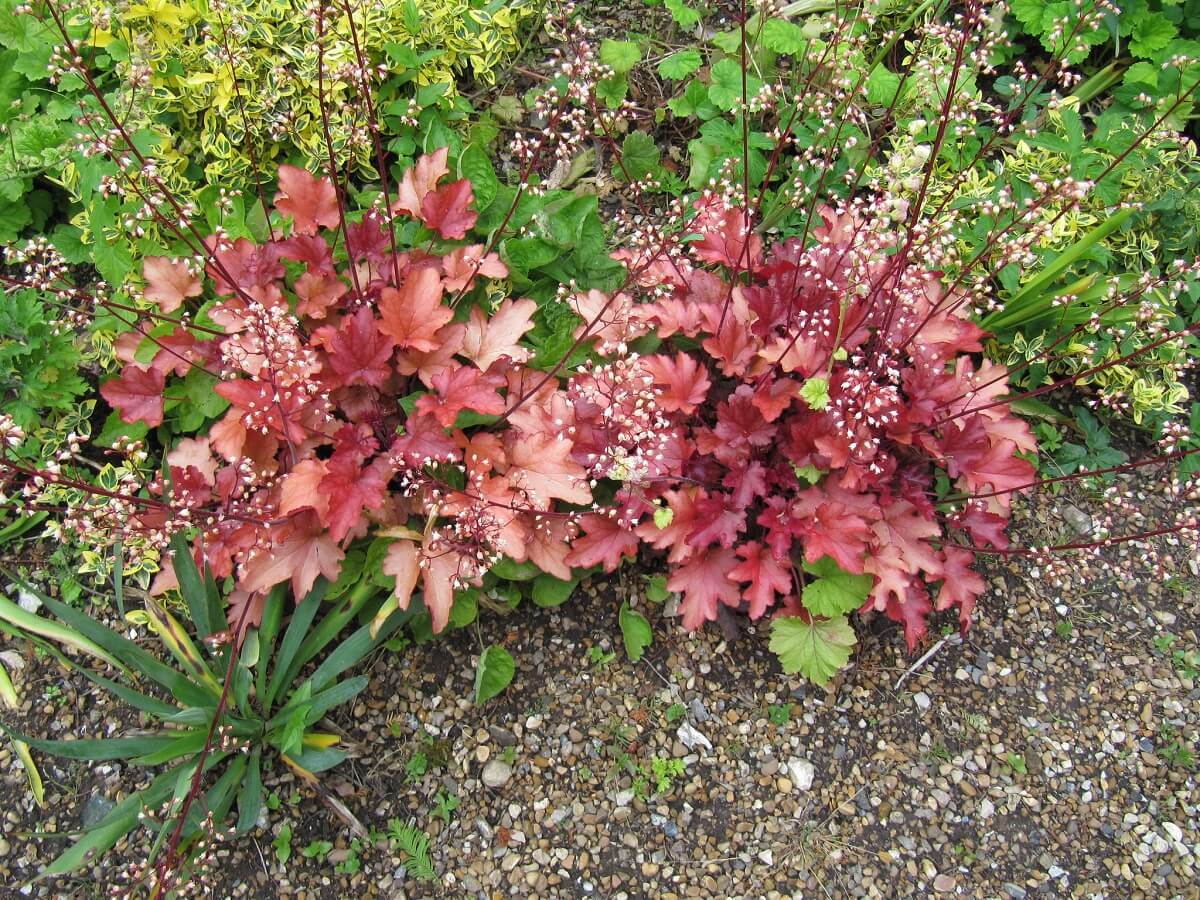

With massive, silver-traced, maple-like leaves, this shade-loving perennial is a plant to level out that flowers aren’t the entire gadgets! For a lot of who’re able to worth their stunning foliage over their delicate inflorescence, one can uncover a brilliant assortment of burgundy, lime-green, and even deep purple colours so as in order so as to add texture to your yard beds.
This native plant would possibly develop wild in forested areas in your property, nonetheless the domesticated variations are furthermore worth within the hunt for out. Plant them in a barely dry, sandy soil wherever in zones 4 to 9.
10. American Holly
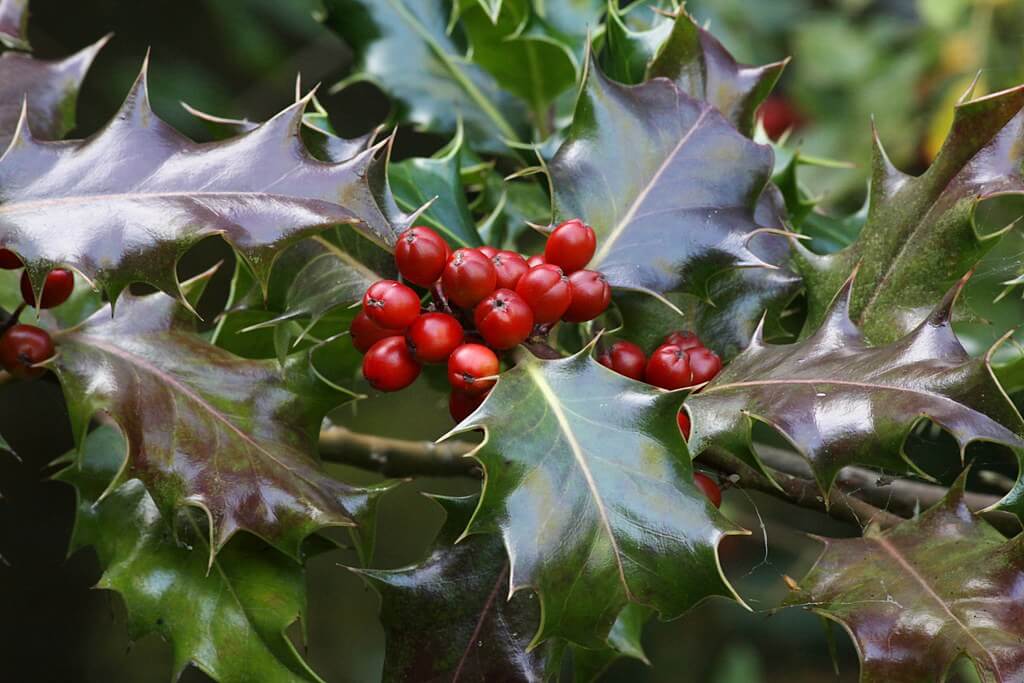

Deer appetites don’t prohibit themselves to merely flowers and yard beds — your timber are up for wanting as efficiently. Fortunately, the evergreen, shiny form of the American holly (opaque Ilex) is just too spiky for snacking. The non-native varieties usually aren’t almost as deer-resistant, so make sure you search for native varieties.
Associated Publish: Homestead Tales: The Holly and the Ivy
Moreover, if you happen to want these stunning, bird-magnet purple berries, make sure you plant a male close to your fruit-bearing feminine tree. These timber are sometimes understory timber and can tolerate low-cost shade, nonetheless furthermore they thrive in full daylight.
For a cheerful holly, well-draining, moist soil in zones 5 to 9 is appropriate. Moreover, give them barely little little bit of a sheltered spot — forest-originating holly timber can’t tolerate blasting winds.
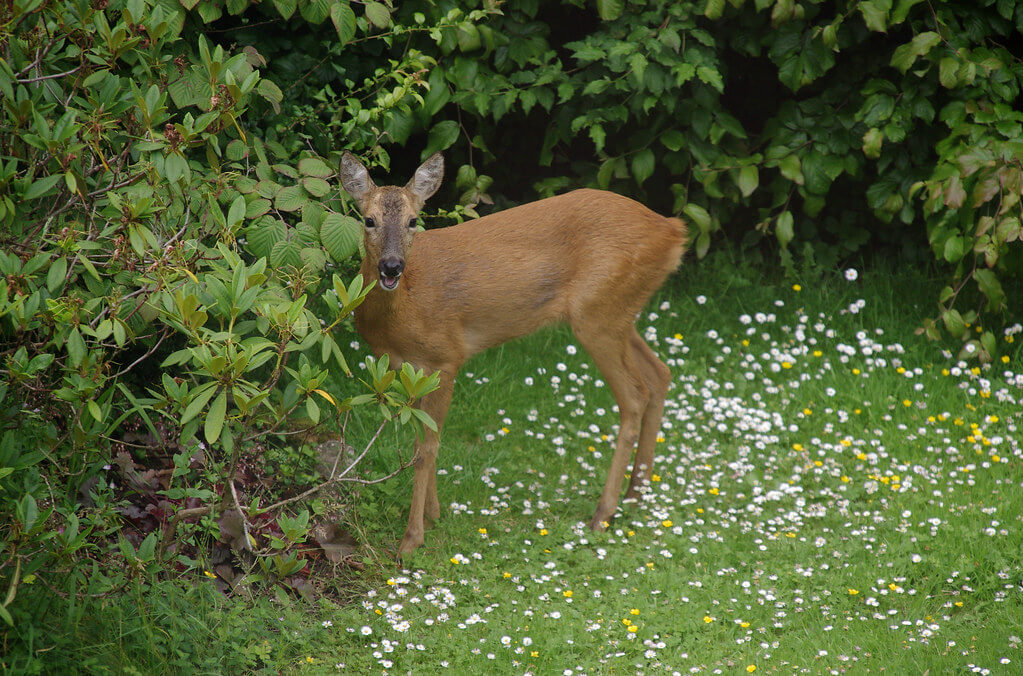

There are such a lot of fully totally different crops earlier these on this doc! If deer dinners have gotten you down this season, cheer your self up with dreaming yard wants and skimming this ginormous doc of deer-resistant crops.
When you occur to need to do some state-specific searches, this doc shall be a great bigger use of your time. And do you must do find yourself having enjoyable with unintentional host to some opportunistic ungulates, see if you happen to’ll uncover a method to learn from their peaceable presence in your yard anyway. Deer transferring by way of the early morning mist is called a specific sight in the long run.
